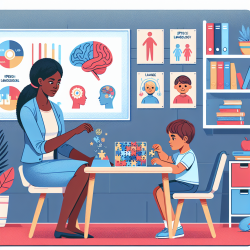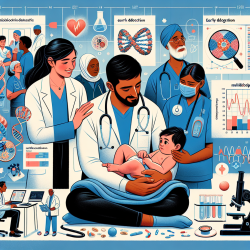Introduction
Physical activity is a cornerstone of healthy development in children and adolescents, yet global levels remain alarmingly low. The World Health Organization (WHO) underscores the importance of physical activity for achieving sustainable development goals and preventing noncommunicable diseases. Despite this, public health surveillance of physical activity in young populations is limited, leading to a lack of awareness and policy action.
The Need for Improved Surveillance
Recent research by John J Reilly and colleagues highlights the critical need for enhanced surveillance of physical activity among children and adolescents. The study argues that "what gets measured gets done," emphasizing that without proper measurement, necessary changes cannot be implemented. Improved surveillance is essential for identifying trends, inequities, and the impact of policies.
Challenges in Low- and Middle-Income Countries
For low- and middle-income countries, physical activity surveillance is particularly challenging due to limited resources and other pressing public health issues. The lack of comprehensive data makes it difficult to assess the full scope of the problem and implement effective policies. The study provides examples from various countries, demonstrating how improved surveillance can stimulate policy changes.
Implementing Effective Surveillance Strategies
Practitioners can enhance their skills by adopting the following strategies:
- Utilize evidence-based guidelines and international collaborations to establish robust surveillance systems.
- Focus on diverse population groups, including those with disabilities and those not attending school, to ensure comprehensive data collection.
- Incorporate device-based measurements for young children to improve data accuracy.
- Regularly update surveillance methods to align with new guidelines and evidence.
Conclusion
Improving physical activity surveillance is not merely a monitoring exercise but a vital step towards informing and inspiring public health policy and practice changes. Practitioners are encouraged to delve deeper into this topic and consider the implications of enhanced surveillance in their work.
To read the original research paper, please follow this link: Surveillance to improve physical activity of children and adolescents.










